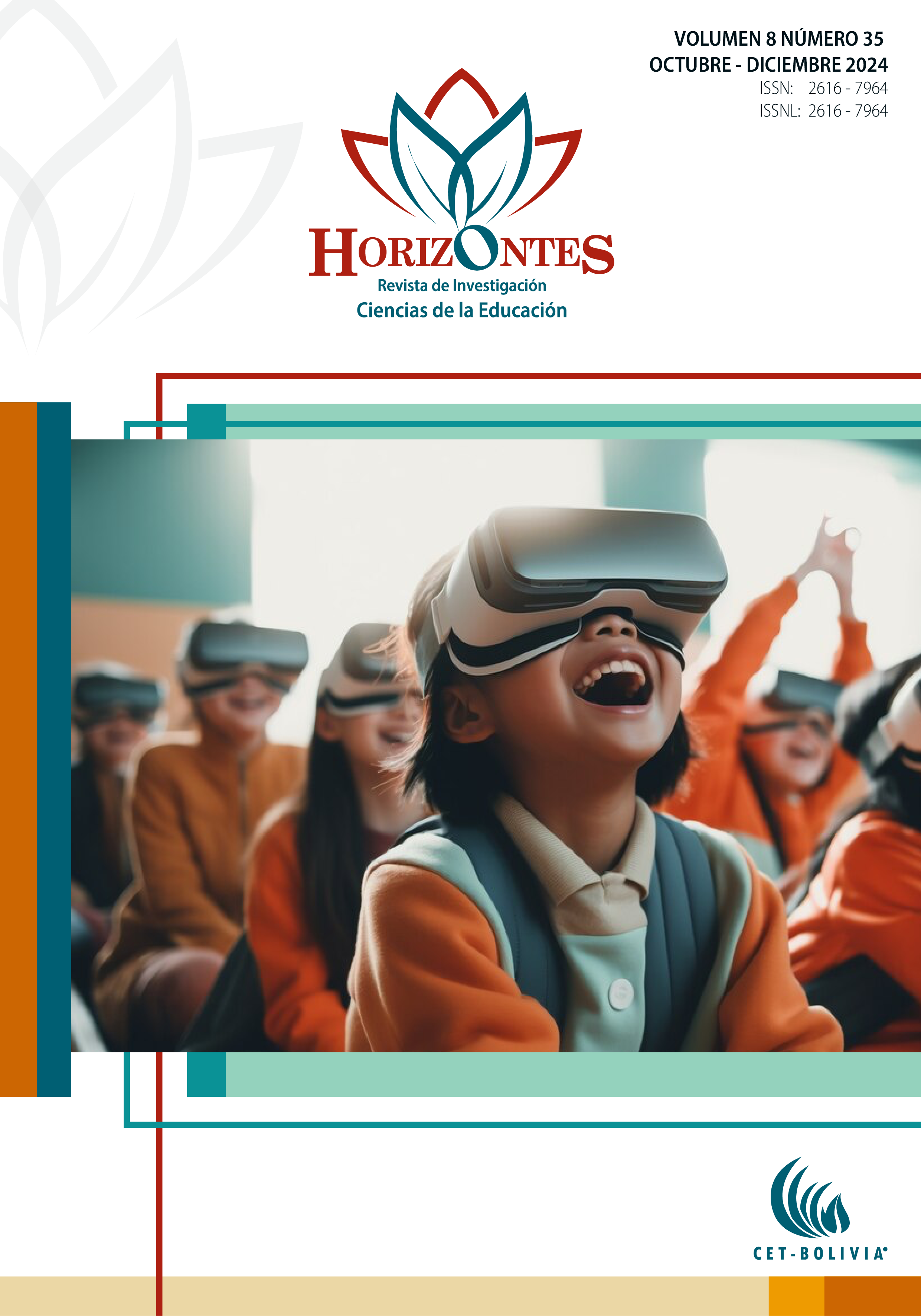Educational digital resources for university students
Recursos digitales educativos para estudiantes universitariosMain Article Content
The study addresses the use of digital educational resources in virtual teaching, highlighting their importance in the current university context. The study aimed to identify the digital educational resources most used by university students in the virtual teaching modality. A quantitative approach with a non-experimental, transectional-descriptive design was used. The population included 96 students of the Professional Schools of Accounting and Economics of the Universidad Andina del Cusco, enrolled in the 2021-I semester. The sample, calculated with a confidence level of 95%, was composed of 77 students, who voluntarily answered an online questionnaire elaborated in Google Forms. The results indicate that 97% of the students use informative digital educational resources; 96% consider case studies useful to clarify doubts; 97% communicate with classmates via WhatsApp and 96% with teachers via Google Meet. In addition, monitoring is mostly done through homework (93%) and evaluation through multiple-choice questionnaires (96%).
El estudio aborda el uso de recursos digitales educativos en la enseñanza virtual, destacando su importancia en el contexto universitario actual. El estudio tuvo como objetivo identificar los recursos digitales educativos más utilizados por estudiantes universitarios en la modalidad de enseñanza virtual. Se empleó un enfoque cuantitativo con un diseño no experimental, de tipo transeccional-descriptivo. La población incluyó a 96 estudiantes de las Escuelas Profesionales de Contabilidad y Economía de la Universidad Andina del Cusco, matriculados en el semestre 2021-I. La muestra, calculada con un nivel de confianza del 95%, estuvo compuesta por 77 estudiantes, quienes respondieron voluntariamente un cuestionario en línea elaborado en Google Forms. Los resultados indican que el 97% de los estudiantes utilizan recursos educativos digitales informativos; un 96% considera útiles los estudios de caso para aclarar dudas; el 97% se comunica con compañeros por WhatsApp y un 96% con docentes mediante Google Meet. Además, el monitoreo se realiza mayoritariamente mediante tareas (93%) y la evaluación mediante cuestionarios de opción múltiple (96%).
Downloads
Article Details
Ames-Ramello, P. P. (2019). El uso de materiales audiovisuales y recursos digitales en la docencia universitaria: una experiencia de innovación a nivel de posgrado en Perú. REDU. Revista de Docencia Universitaria, 17(1), 167-182. https://riunet.upv.es/handle/10251/123082
Area, M., y Adell, J. (2009). eLearning: Enseñar y aprender en espacios virtuales. Tecnología Educativa. La formación del profesorado en la era de Internet, 391-424. https://cmapspublic.ihmc.us/rid=1Q09K8F68-1CNL3W8-2LF1/elearning.pdf
Díaz Rosabal, E. M., Díaz Vidal, J. M., Sánchez Martínez, Y., Gorgoso Vázquez, A. E., Riverón Rodríguez, G., y Tenrero Silva, N. (2022). Plataforma Moodle y la aplicación WhatsApp, recursos didácticos en tiempos de COVID-19. Revista De Investigación En Tecnologías De La Información, 11(23), 1–14. https://doi.org/10.36825/RITI.11.23.001
García-Valcárcel y Muñoz-Repiso, A. (2016). Recursos digitales para la mejora de la enseñanza y el aprendizaje. https://gredos.usal.es/handle/10366/131421
Montoya-Arias, N. R., Guevara-Reyes, K. G., Alvarado-Vásquez, E. L., y Padilla-Martínez, S. L. (2023). Los desafíos tecnológicos enfrentados por estudiantes de Pedagogía y Ciencias de la Educación durante la pandemia por COVID-19. Conocimiento Educativo, 10(1), 111–124. https://doi.org/10.5377/ce.v10i1.16716
Peinado Camacho, J. D. J. (2023). Uso de herramientas digitales y competencias de investigación en estudiantes de posgrado. Conrado 19(92), 8-17. http://scielo.sld.cu/scielo.php?pid=S1990-86442023000300008&script=sci_arttext&tlng=pt

